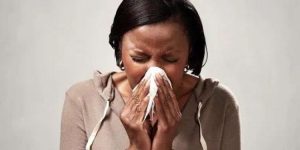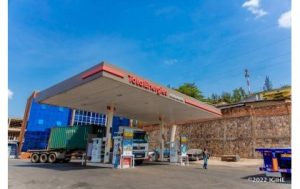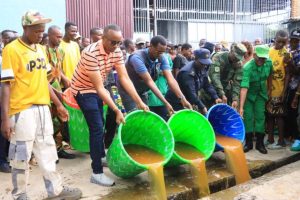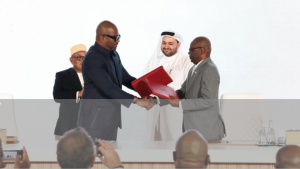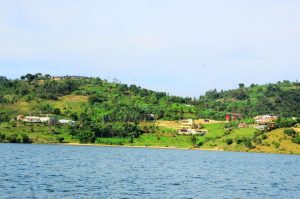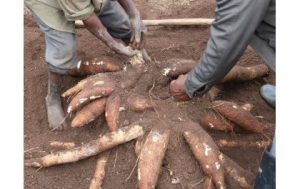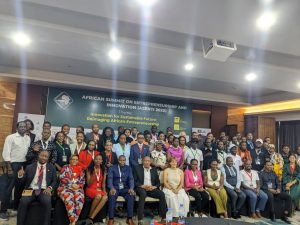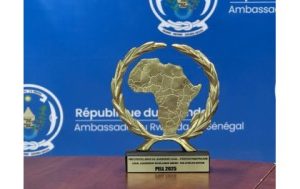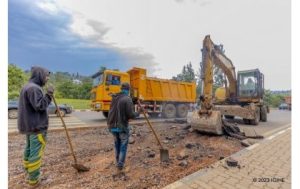Rwanda Intensifies Fight Against Toxic Lead Paint to Protect Children’s Health
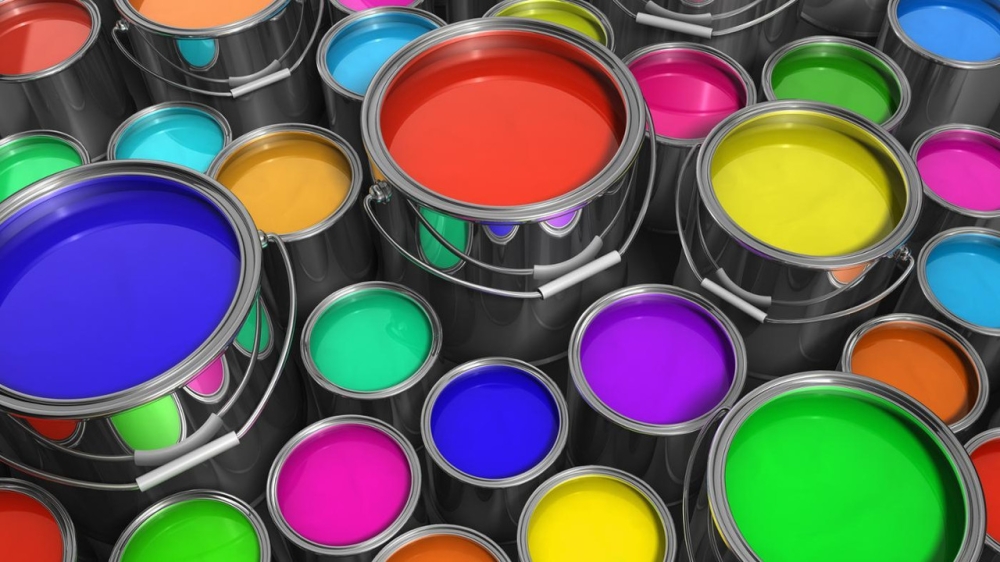
Rwanda is intensifying efforts to eliminate lead-based paints from its market after new findings revealed alarmingly high levels of lead in locally sold paint products, some exceeding global safety limits by more than 2,000 times.
During a multi-stakeholder workshop held in Kigali on Thursday, October 23, to mark the International Lead Poisoning Prevention Week (ILPPW 2025), environmentalists, policymakers, and industry representatives pledged renewed collaboration to make Rwanda lead-free. The event, themed “No Safe Level: Act Now to End Lead Exposure,” underscored the dangers of lead exposure, particularly for children, and the urgent need for stricter enforcement and safer alternatives.
Vincent Karemera, an environmentalist who works with Association rwandaise des écologistes (ARECO-Rwanda Nziza), said the week was organized to raise awareness about the risks of lead, a chemical commonly used in paint production, and to encourage industries to phase it out.
“We organized this week to ensure people understand the dangers of lead and what must be done to collectively fight its use, especially in paints,” Karemera explained. “It mainly affects children by slowing brain development and causing hormonal disorders, while also being linked to several types of cancer. There is no safe level of exposure; even the smallest amount can be harmful.”
According to a 2023 ARECO study, nearly half (46.9%) of oil-based paints available for sale in Rwanda contained dangerously high lead levels above 90 parts per million (ppm), the global safety limit set by the World Health Organization (WHO). One brand was found to contain as much as 200,000 ppm, or over 2,200 times the recommended limit.
“These results show the problem still exists both in imported and locally made paints,” Karemera said. “Some paints exceeded 200,000 ppm, while WHO’s standard is just 90 ppm. That’s a serious public health concern.”
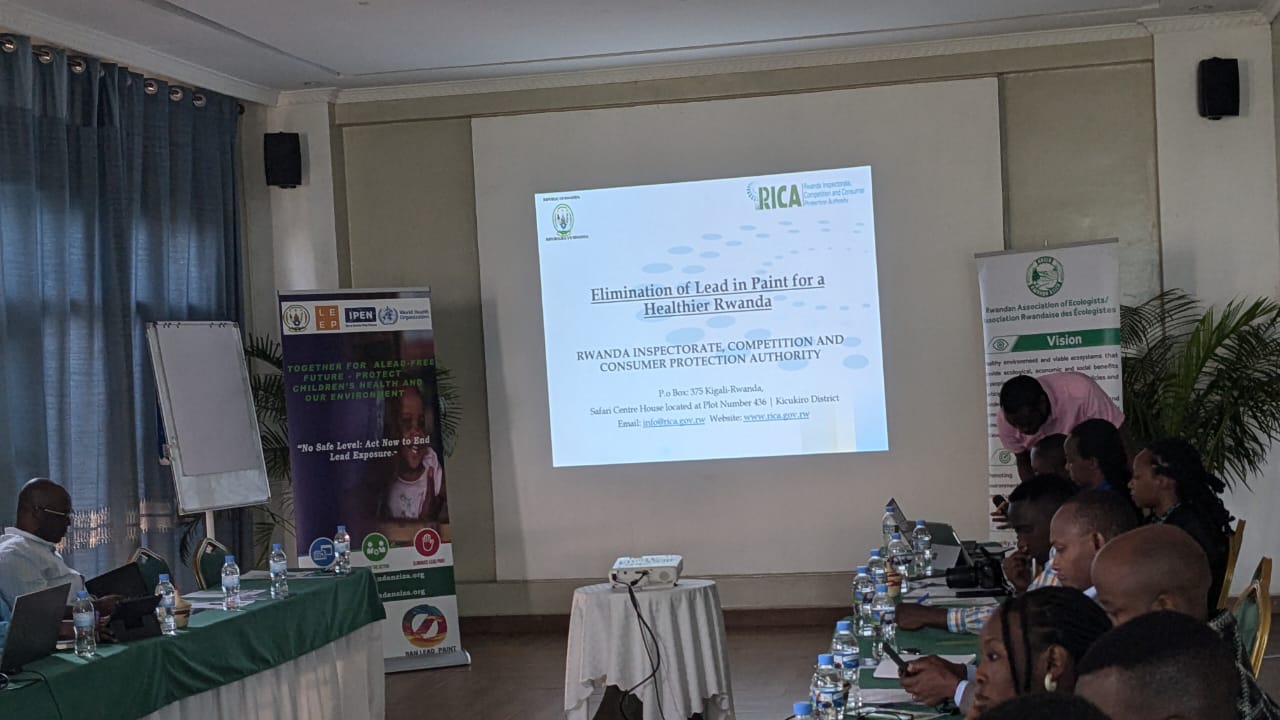
The workshop, organized by ARECO-RWANDA NZIZA in collaboration with the Ministry of Environment (MoE), Rwanda Standards Board (RSB), Rwanda Environment Management Authority (REMA), Rwanda Inspectorate, Competition and Consumer Protection Authority (RICA), and supported by the Lead Exposure Elimination Project (LEEP), brought together government officials, private sector representatives, civil society, and the media.
Industry Responds: “No Cost is Too High for Health”
Paint manufacturers attending the event said they were committed to reformulating their products to remove toxic substances, even if production costs rise.
Calixte Kalisa, Production Officer at Ameki Color, shared how his company has already begun replacing harmful components in its paints.
“We attended the Lead Prevention meeting because we recognize its importance to public health,” Kalisa said. “Some products we used before contained lead. We have now replaced them with safer alternatives from new suppliers. Even if production costs slightly increase, nothing is more valuable than people’s health.”
Kalisa added that one key change was replacing lead-based mixed driers, formerly containing cobalt, lead, and calcium, with zirconium, a safer alternative that performs equally well. “We want to ensure that Rwandans use only lead-free products,” he emphasized.
Global Support and Regional Cooperation
The Lead Exposure Elimination Project (LEEP), which works in over 30 countries, reaffirmed its commitment to support Rwanda’s transition to lead-free paints.
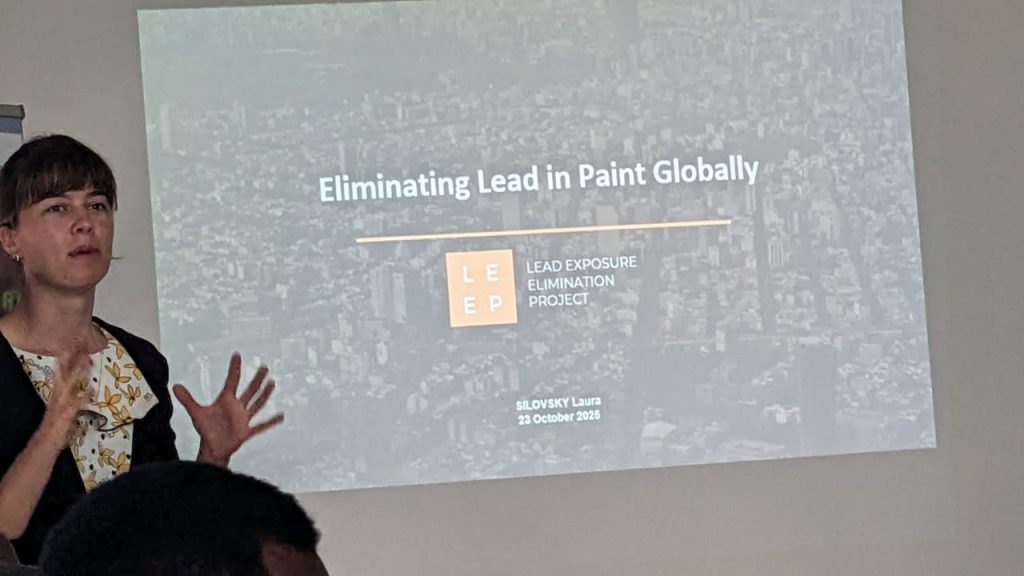
Laura Silovsky, LEEP’s Program Manager, said lead poisoning remains a global crisis affecting one in three children worldwide.
“Lead paint is a major source of exposure, but there are solutions,” Silovsky said. “Alternative ingredients exist, and we support manufacturers to reformulate their paints safely. Regional cooperation is key. We’re working with suppliers and manufacturers across East Africa to ensure that the paints entering Rwanda are compliant and safe.”
The Cost of Inaction
Lead exposure is one of the world’s most widespread yet preventable health threats. Globally, it causes nearly one million premature deaths every year and affects around 800 million children, according to WHO and the U.S. Centers for Disease Control (CDC).
In Rwanda alone, lead poisoning was linked to 455 deaths in 2019, with a mortality rate of 37.94 per million inhabitants (OECD, 2019).
Next Steps: Awareness, Enforcement, and Safer Choices
Stakeholders at the Kigali workshop agreed on several priority actions to accelerate Rwanda’s transition toward a lead-free future. One key area of focus is enhancing testing and regulatory enforcement to ensure that all paints on the market comply with the national safety limit of 90 parts per million (ppm) of lead. Participants also emphasized the importance of supporting paint producers in accessing safe raw materials to help them reformulate their products without compromising quality or performance.
Another recommendation highlighted the need to improve labeling on paint containers so that consumers can easily identify lead-free products. This, they said, would empower buyers to make informed choices and protect their families from toxic exposure. In addition, continuous public education campaigns were called for to raise nationwide awareness of the dangers of lead and to encourage both manufacturers and consumers to take responsibility in building a safer environment for all.
Karemera called on consumers to play their part by checking labels before buying paint.
“Manufacturers are required to list all ingredients,” he said. “People should make sure the paint they buy doesn’t contain lead. Government inspectors also need to ensure compliance to protect public health and the environment.”
The workshop concluded with a joint commitment to strengthen cooperation among key institutions, including MoE, REMA, RSB, RICA, ARECO, and LEEP, to accelerate Rwanda’s transition toward a completely lead-free future.
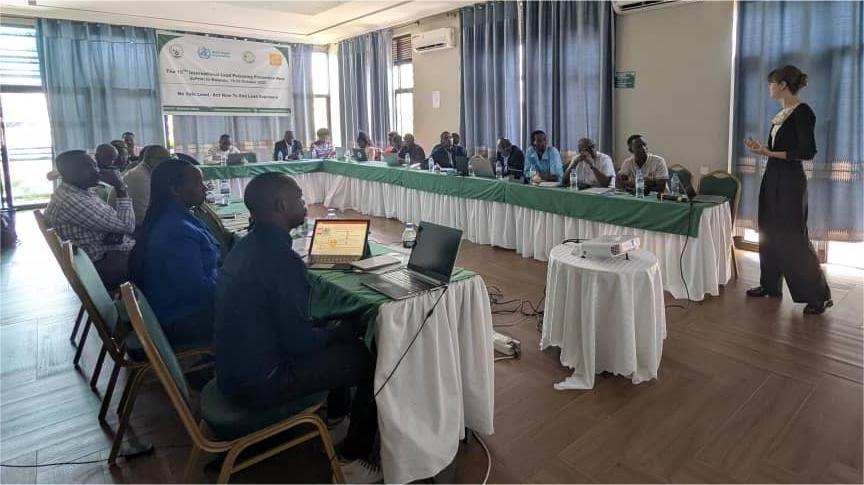
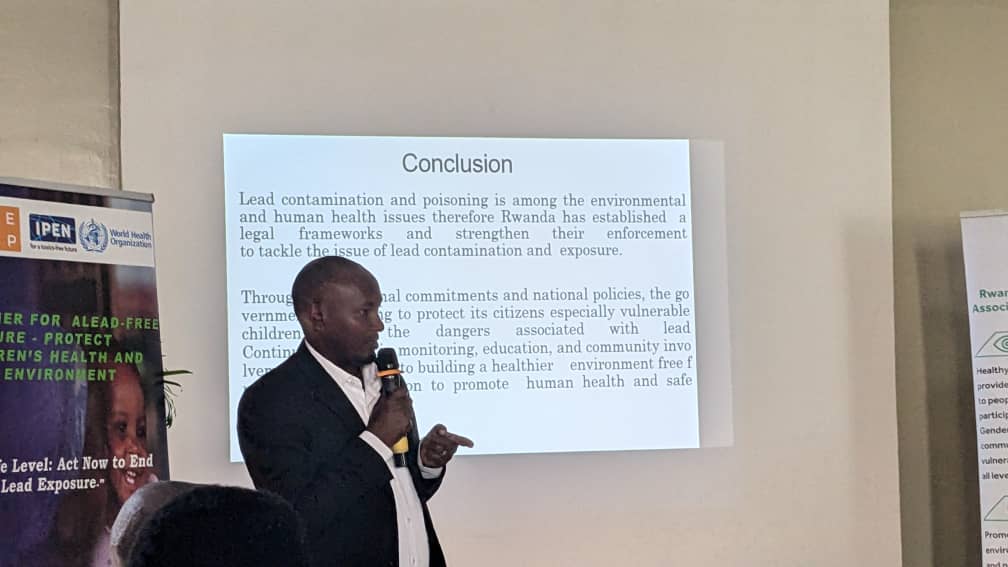
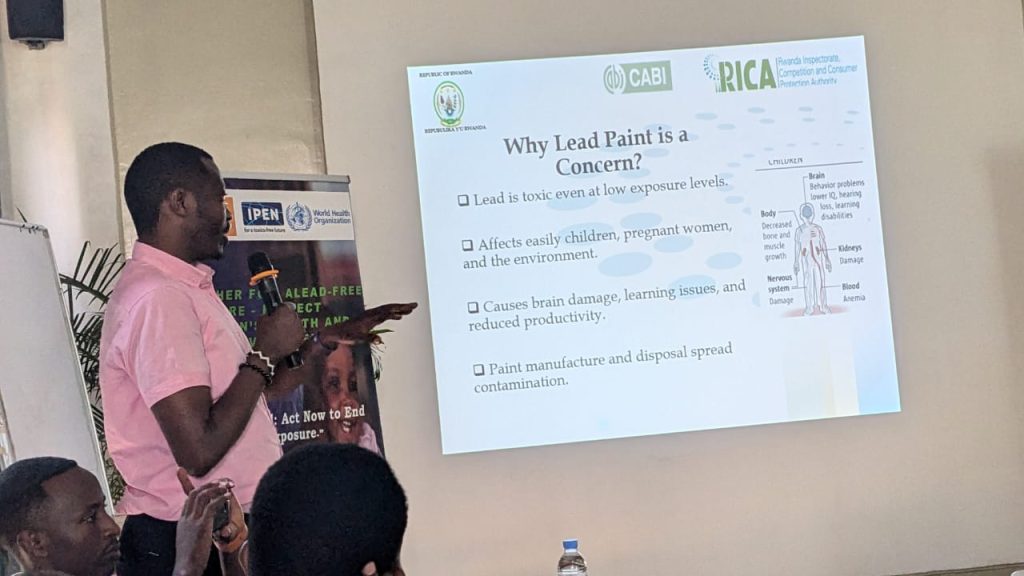

SUBSCRIBE TO OUR NEWSLETTER



